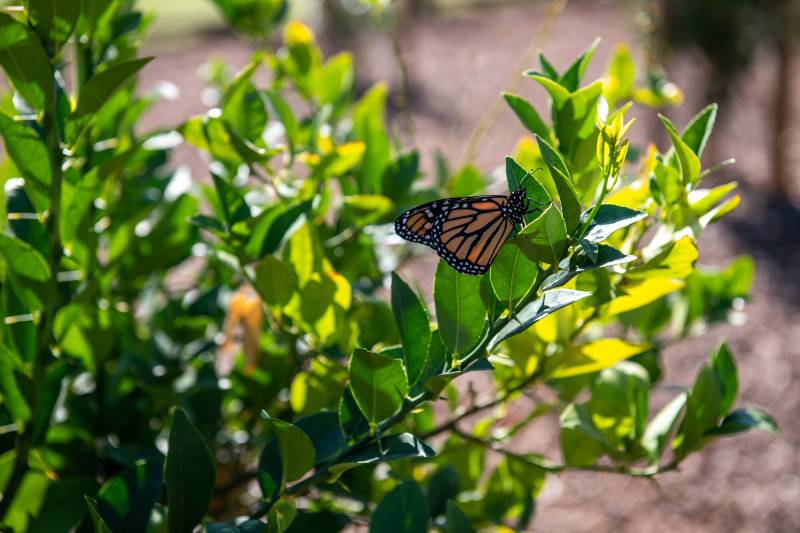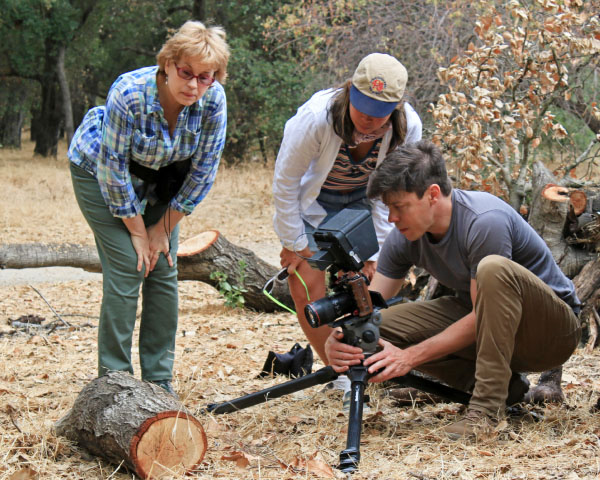California’s iconic monarch butterfly population saw a sharp decline this year, which biologists attribute to the hot summer and fall temperatures across the state affecting the species’ migratory path.
The latest Western Monarch Count by Xerces Society recorded 9,119 overwintering monarch butterflies — those that travel to warmer climates in the winter — in California, marking the second-lowest population since tracking began in 1997. This sharp decline follows three consecutive years of over 200,000 monarchs and remains well below the millions observed in the 1980s.
“The specific drop we saw this year largely attributed to the really hot temperatures and the drought that we saw across the West in July, somewhat into August and again in September and October, when that migratory generation should be making its way to the overwintering sites,” said Emma Pelton, an endangered species biologist with the Xerces Society for Invertebrate Conservation.
Santa Cruz County had the most overwintering monarch clusters this year, with Lighthouse Field State Park reporting 1,406 butterflies, Natural Bridges State Park counting 1,400, and Moran Lake recording 645. The fourth-largest site was Pismo Beach Monarch Butterfly Grove in San Luis Obispo County, with 556 monarchs recorded in late November. Skywest Golf Course in Hayward ranked fifth with 477 butterflies.
Other locations with higher densities of monarchs include the Pacific Grove Butterfly Sanctuary in Monterey County, which had 228, and UC Gill Tract Community Farm in Alameda, which recorded 196 and was one of the few sites to see a population increase this year.

